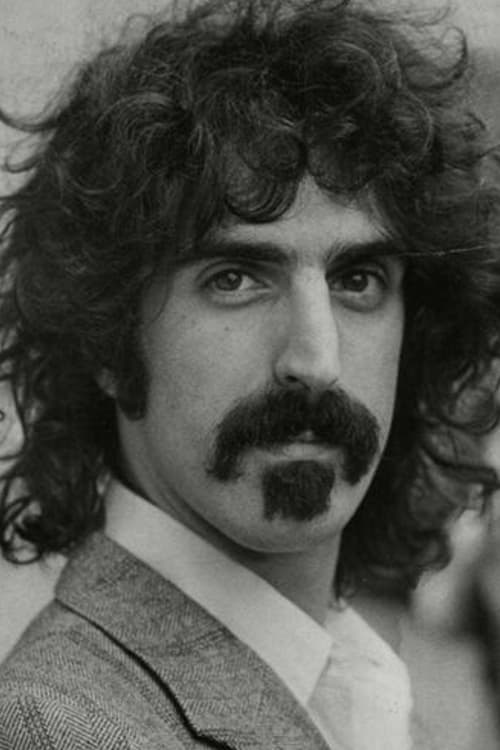Frank Zappa: We Don't Mess Around (1978)
Circus Krone 1978
장르 : 음악
상영시간 : 0분
연출 : Ulrich Schramm
시놉시스
Tracklisting: 1. Pound for a Brown 2. Baby Snakes 3. Deathless Horsie 4. Dancin' Fool 5. Easy Meat 6. Honey Don't You Want A Man Like Me 7. Keep It Greasey 8. Why Does It Hurt When I Pee? 9. Sofa #2 10. Vinnie's Seal Call Fusion Music 11. Bobby Brown 12. Conehead 13. Dead Air/I'm On Duty 14. St. Alphonzo's Pancake Breakfast 15. Father Oblivion 16. Rollo 17. Bamboozled Outro
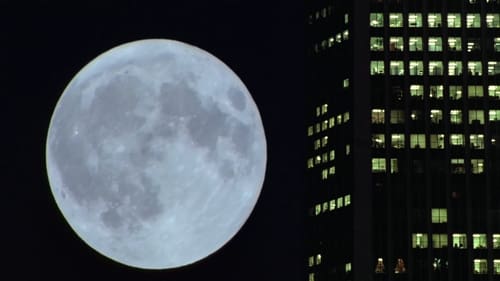
카시 삼부작의 첫 작품. ‘코야니스카시’란 호피 족 인디언 말로 ‘균형 깨진 삶'라는 뜻이다. 뚜렷한 내러티브도 대사도 없이 그저 음악과 영상으로만 되어 있는 이 영화는, 고대 인디언들이 그린 벽화에서 시작한다. 이후 광활하고 경외로운 대자연, 그리고 인간이 약간의 가공을 가한, 노동하는 인간과 함께 하는 자연을 그린다. 이후 정신없이 빠른 속도로 굴러가는 도시를 묘사하는 씬으로 오면, 자연과 완전히 등을 진 채 오롯이 인간이 만든 인공적인 환경 속에서 속도와 파괴에 지배당하는 인간의 도시문명이 대비된다. 도시 문명의 속도는 점점 심해져 클라이막스에서는 거의 기하학적 무늬로 표현되며 현기증을 준다.

A musician tries to get by working several jobs.
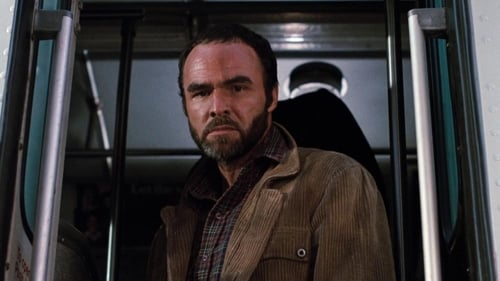
마약반의 유능한 형사 샤키(Sharky: 버트 레이놀즈 분)는 어느날 마약밀매범을 잡으려다 동료 스마일리(Smiley: 대릴 힉맨 분)의 방해로 일을 망치고, 범인을 추격하던 중 시민을 죽게 했다는 이유로 마약반에서 형사반으로 좌천된다.
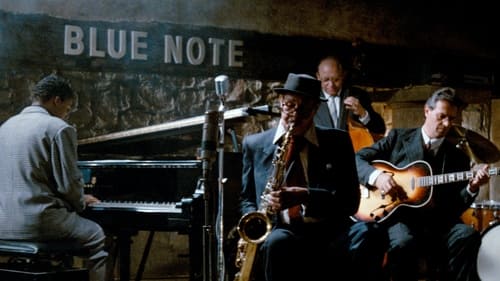
1959년, 재즈의 인기가 시들해져가던 시기, 누구도 듣길 원하지 않는 실험적인 음악을 연주하는 색스폰 연주자 데일 터너(덱스터 고든 분)는 알콜과 마약중독에 찌든 삶을 바꿔보기 위해 미국을 떠나 파리로 향한다. 매일 밤 담배연기 자욱한 재즈 클럽 ‘블루 노트’에서 몽크와 버드의 새 음악과 조지 거쉰과 포터의 스탠다드 곡들을 연주하는 데일은 제대로 된 연주를 위해 그가 술을 마시는 것을 감시하는 성깔있는 여주인과 클럽주인의 감시에도 불구하고 여전히 알코올 중독자로 병원에 들락거리는 신세로 살아간다. 한편, 터너를 세계 최고의 색스폰 연주자라고 생각하는 프란시스(프랑수아 클루제 분)는 클럽에 들어갈 돈이 없어 ‘블루 노트’ 밖에서 장대비가 내리는 것도 아랑곳하지 않고, 터너의 연주을 듣다가 연주를 끝내고 밖으로 나온 터너에게 접근해 맥주를 한 잔 사주게 되고, 두 사람은 그들의 인생을 바꿀 우정을 싹 틔우게 된다. 터너는 항상 술에 절어있었고, 스스로를 통제하지 못했고, 프란시스는 터너의 외로운 삶에 공감하며, 자신이 경배해 마지않는 음악가의 삶을 위해 프란시스는 그의 보호자를 자처하고, 건강을 보살피기 시작하는데.
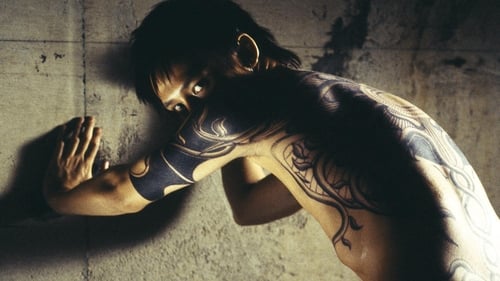
미이케 다카시의 '46억년의 사랑'은 두 소년원생의 애절한 사랑과 살인 사건 수사가 섞여있는 강렬한 작품이다. 안도 마사노부가 연기하는 야수같은 남자를 교도소에서 만난 소년 아리요시 준이 사랑하게 되는데.... 역시 미남 배우로 유명한 마츠다 류헤이가 준을 연기해 화제를 모은 작품.
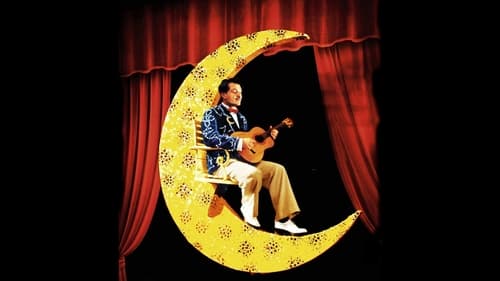
1930년대, 재즈기타리스트 에밋 레이는 출중한 연주 실력으로 명성을 얻지만, 돈을 헤프게 쓰고, 한 여자와 사랑에 빠지는 것은 경력에 해가 된다며 오입질을 일삼는 바람둥이로 살고 있다. 게다가 쓰레기더미 속 쥐를 향해 총질을 하는 괴팍한 취미까지 가지고 있는데, 결정적으로 최고의 기타리스트 장고 라인하르트에 이어 언제나 2인자로 불린다. 그런 에밋 앞에 말 못하는 세탁부 헤이티가 나타난다. 허구의 재즈기타리스트 에밋 레이에 대한 이야기로, 우디 앨런은 페데리코 펠리니의 (1954)과 재즈음악에 대한 자신의 무한한 사랑을 담아냈다. 헤이티 역의 사만다 모튼은 마치 의 젤소미나를 보는 듯하다. 하지만 에밋의 마지막 행보는 역시 앨런답다. (2013년 부산 영화의 전당 - 우디 앨런 근작전)

진정한 편집자로 성공하기를 바라는 20대의 편집 보조인 브렛 아이젠버그는 자신의 꿈을 위해 한 출판 기념회에서 거물급 편집장인 50대의 이혼남 아치 녹스를 우연히 만나게되면서... 가까운 사이가 되고 일하는부분에 있어서 아치의 도움을 받게되지만 그가 알고 있던 여인들은 한둘이 아니였고...자신이 자꾸만 그에게 의존하는 것같은 생각을 떨쳐버릴수가 없는데...
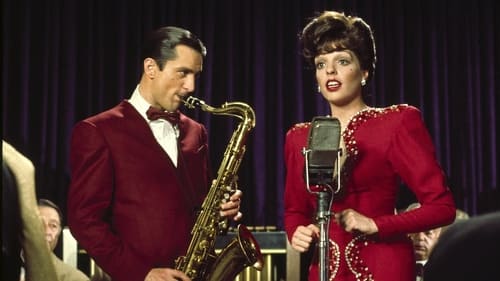
2차 세계대전에 참전하고 온 색스폰 주자 지미(Jimmy Doyle: 로버트 드니로 분)는 전승 파티에서 프랜신(Francine Evans: 라이자 미넬리 분)을 만나자 추근대지만 프랜신은 거들떠보지도 않는다. 하지만 계속 부닥치는 인연에 두사람은 가까워지고 어느새 프랜신에게 사랑을 느낀 지미는 가수인 그녀가 순회 공연하는 곳을 찾아가 사랑을 호소하고 결혼을 하게 된다. 타고난 음악성은 있지만 다소 남보다 앞서나가는 음악적 취향과 성격이 지나치게 직선적이고 불같은 지미는 인간 관계에서 문제가 있어 제대로 일이 풀리지 않는다. 하지만 워낙 출중한 가수인 프랜신은 여기저기서 섭외가 들어오고, 그녀가 스타가 되리란 건 누구도 의심하지 않는다. 마침내 프랜신은 임신을 하게 되고, 아이를 무사히 낳기 위해 혼자 뉴욕으로 돌아가고 지미는 울며 겨자 먹기로 혼자 밴드를 이끌고 공연을 다니지만 손님은 점점 줄어들고 결국 밴드를 남의 손에 넘기고 프랜신 곁으로 돌아온다. 실업자가 된 지미, 가수로서 정상을 향해 치닫는 프랜신, 성공한 아내와 실패한 남편 사이의 갈등의 골은 깊어가고 두 사람은 사랑하지만 헤어지려하는데....
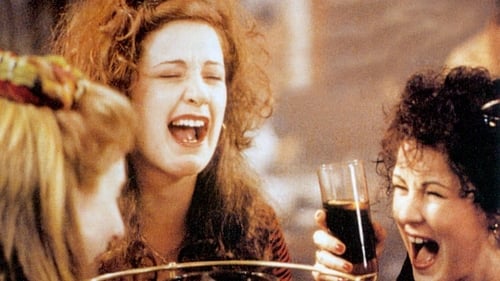
Sharon Curley is a 20-year-old living with her parents and many brothers and sisters in Dublin. When she gets pregnant and refuses to name the father, she becomes the talk of the town.

In this short film Bert Haanstra gives his vision - from the water – of a tranquil Holland. During filming he held the camera upside down and afterwards put the images ‘up right’ again in the film. By doing this, we see the ‘usual’ waterfront, but transformed by the rippling of the water. In this way Mirror of Holland became a modern looking experimental film. However this did not devalue the Dutch sentiment regarding waterfronts that are so trusted to so many.

In a surreal meeting filled with countless individuals from a variety of backgrounds, nine people recount how sex and sexuality have been used to exert control over their lives. Regardless of race, sexual orientation, nationality, social class, religion, or gender, all are equally shattered and all are equally victims. Those that recount their experiences show that the power / sex dynamic can come in many forms. Whether the power is taken away by physical or psychological means, and regardless of whether it is perpetrated by an individual, institution, or society, the results are equally devastating.

A free flow from photography to geometric abstraction hand-painted by Breer. - Harvard Film Archive

A (barely) two minute short is that it was made specially for a Paramount newsreel segment on Bute and Nemeth making films in their teensy New York apartment. Paramount apparently never got round to including the filmmakers in any newsreel, but their own film survived in the Bute-Nemeth Archive. (weirdwildrealm.com) To the rhythm of music that sounds a bit like a Busby Berkeley tune, lines and circles appear against a black background. Then triangles, in groups. Black and white squares move in tandem. Sparkling forms turn in kaleidoscopic patterns. Then cubes appear, white against the background, bouncing; a yin and yang rotate a few times before the film ends with an quick burst of scattering light.

Zdenek Pešánek created the first public kinetic sculpture, for the power station in Prague. This short experimental film focuses on a kinetic sculpture by Zdenek Pešánek. For a period of eight years it issued beams of light from the outside wall of a transformer station at Prague’s power utility before its destruction in 1939. Though genuine, these shots seem abstract to us. They are a rhythmically assembled ode to the light-creating devices and phenomena of electricity. Light arcs, coils, bulbs and various luminous elements support the alternation of positive and negative film images, creating an impressive universe of light and shade. In the 1920s, Pešánek had obtained financial support for his work with electric kinetic light art. In the 1930s, he was the first sculptor to use neon lights. He built several kinetic light pianos, and published a book titled “Kinetismus” in 1941. —http://www.centerforvisualmusic.org

Harry for the Holidays" is both a traditional and musically adventurous Christmas television special, shot in high definition and originally broadcast on NBC in 2003. The unusual yet beautiful setting is the historic interior of the Bowery Savings Building/Cipriani 42nd Street; one can see an occasional car flash by through windows behind Harry Connick Jr. and his Big Band. Connick's program includes holiday standards but his arrangements are novel, cutting against the melodiousness of the likes of "Silver Bells" or "Frosty the Snowman" with edgy strings, sizzling brass, and complex rhythms. "Santa Claus Is Coming to Town" and "The Happy Elf" swing like nobody's business, while "Silent Night" shifts from blues to ballad to gospel in a collaboration between Connick, Marc Anthony, and Kim Burrell. Whoopi Goldberg and Nathan Lane turn up for some cute sketches, and there's a bonus: Connick and Burrell doing the lovely "I Pray on Christmas," not seen in the NBC broadcast.

Harry Connick, Jr. has redefined the art of jazz piano and vocals. His repertoire ranges from stylish and witty interpretations of jazz standards to his own compositions, arranged for solo piano, jazz trio and big band. Singin' & Swingin' charts Harry's exploration of this musical style, in videos for five songs, and in three songs filmed live at London's Dominion Theatre for this home video, plus an exclusive interview.

Neil Finn brings together some of his musician friends from around the globe for an awesome series of concerts at the St. James theatre in Auckland, New Zealand. Includes performances with Johnny Marr, Eddie Vedder and Radiohead's Ed O'brien and Philip Selway. Along with kiwi artists Tim Finn and Betchadupa.
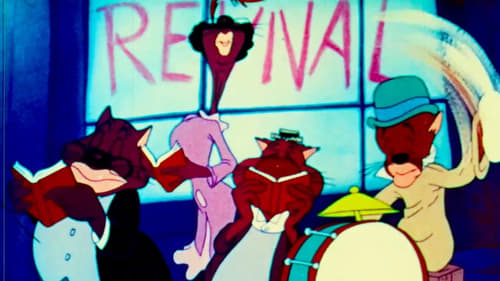
A jazz cartoon involving a "Fats Waller"-like cat who leaves the "Uncle Tomcat Mission" for the local jazz club.

"Single Frame sequences of TV or film images, with periodic distortions of the image. The images are airplanes, women men interspersed with pictures of texts like: 'silence, genius at work' and 'ich liebe dich.' The end credit is 'Television décollage, Cologne, 1963."

In 1969, the painter-sculptor Daniel Pommereulle made his third film, this one financed by Sylvina Boissonnas. Although only a short, Vite was one of the most costly of all the Zanzibar productions. It features, for instance, shots of the moon taken by a state-of-the-art telescope, the Questar, that Pommereulle first saw while visiting Marlon Brando in southern California in 1968. In Rohmer’s La Collectionneuse, Pommereulle and his friend Adrien philosophize on how best to achieve le vide (emptiness) during their summer holidays. Three years later, Pommereulle would transform the word “vide” to “vite” (quickly), signifying his profound disenchantment with the aftermath of the revolution of May ’68. —Harvard Film Archive

